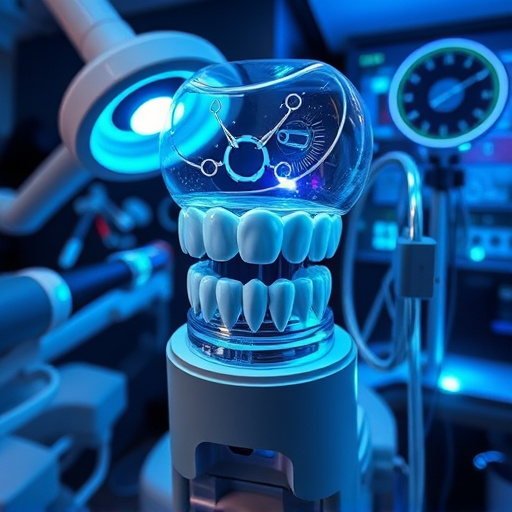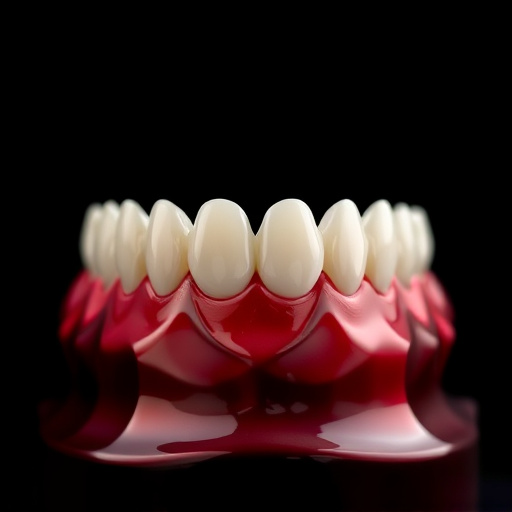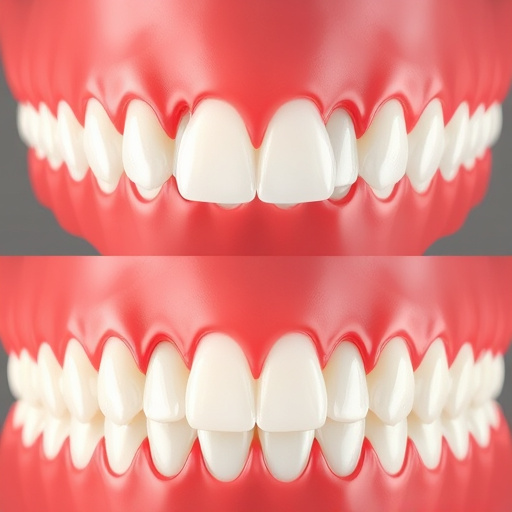Tooth extraction services, ranging from simple to complex procedures, require careful post-operative care for optimal recovery. Modern techniques like sedation, guided imagery, and advanced topical anesthetics minimize patient discomfort. Key post-op strategies include ice packs, pain relievers, soft foods, and avoiding straws; regular dental check-ins ensure proper healing and address any restorative needs. These modern approaches enhance patient trust and satisfaction with tooth extraction services.
Tooth extraction services are a common dental procedure, but effective pain management is crucial for patient comfort and swift recovery. This article explores modern techniques to navigate post-procedure discomfort, offering insights into enhancing patient experiences during and after tooth extraction services. We delve into understanding the process, examining advanced pain management strategies, and providing practical tips to minimize recovery time, ensuring a smoother journey for those undergoing this essential dental care.
- Understanding Tooth Extraction and Post-Procedure Care
- Modern Pain Management Techniques for Enhanced Patient Comfort
- Strategies to Minimize Discomfort and Speed Recovery After Tooth Extraction Services
Understanding Tooth Extraction and Post-Procedure Care

Tooth extraction is a common procedure, often recommended when a tooth is severely damaged or impacted. It involves the careful removal of the tooth from its socket in the jawbone. This can be a simple process for straightforward cases like a single tooth extraction, but it may also involve complex wisdom tooth removal procedures for patients experiencing wisdom teeth pain. Proper post-procedure care is vital to ensure patients experience minimal discomfort and a swift recovery.
After a tooth extraction, patients are typically provided with specific instructions on how to care for the area. This often includes recommendations like gently rinsing the mouth with warm salt water to keep the wound clean and applying cold compresses to reduce swelling. It’s also crucial to avoid using straws for drinking as this can dislodge the blood clot that forms in the socket, leading to a condition known as dry socket. For children’s dentistry patients or those concerned about tooth repair, gentle brushing and soft foods are advised during the healing period.
Modern Pain Management Techniques for Enhanced Patient Comfort

Modern pain management techniques have significantly enhanced comfort levels for patients undergoing tooth extraction services. Beyond traditional methods like local anesthetics, today’s dental practices employ advanced strategies to ensure a more pleasant experience. For instance, conscious oral sedation and guided imagery are gaining popularity in general dentistry and cosmetic dentistry settings. These techniques help alleviate anxiety and allow patients to remain relaxed throughout the procedure, making it easier for dentists to work efficiently.
Additionally, post-operative pain control has seen substantial improvements. Patients are now offered a range of options beyond over-the-counter medications, including prescription drugs designed specifically for dental procedures. Transdermal patches and advanced topical anesthetics also play a crucial role in managing discomfort at the extraction site, ensuring patients can return to their daily routines with minimal disruption. These modern pain management techniques contribute to a more positive perception of tooth extraction services, fostering trust and satisfaction among patients.
Strategies to Minimize Discomfort and Speed Recovery After Tooth Extraction Services

After tooth extraction services, minimizing discomfort and speeding recovery are paramount for patients. One effective strategy is to use ice packs to reduce swelling and numb the area. Applying an ice pack for 15-20 minutes at a time, several times a day, can significantly alleviate pain and inflammation. Additionally, over-the-counter pain relievers like ibuprofen or acetaminophen are recommended to manage any residual discomfort.
Proper aftercare is crucial for a smooth recovery from tooth extraction services, including wisdom tooth removal. Patients should avoid using straws to drink as sucking can dislodge the blood clot, leading to dry socket. Instead, stick to soft foods and warm beverages. Gradual return to solid foods is advised, starting with smooth textures like yogurt or mashed potatoes. Regular dental check-ins are also essential to monitor healing progress and address any concerns related to restorative dentistry, such as needing dental fillings, promptly.
Tooth extraction services don’t have to be a painful experience. By employing modern pain management techniques and strategic post-procedure care, patients can achieve enhanced comfort and faster recovery times. Understanding these methods allows individuals to approach tooth extraction with confidence, ensuring a smoother journey from beginning to end.














